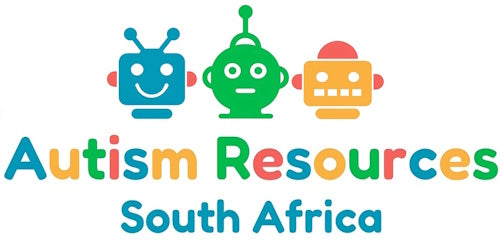Sound Sensitivity and Autism
Jaco de GoedePublished by the Northwestern University Early Intervention Research Group
Hyperacusis (say it with me: HY-per-uh-CUE-sis), is an increased sensitivity to sound that is commonly found among people with autism. This means that certain noises, such as classroom bells, the radio or the TV, may be uncomfortable for your child to hear. When a sound is distressing to a child, he or she may show discomfort by covering their ears, trying to turn off the source of the sound or leaving the noisy environment.
Trying to understand the connection between autism and hyperacusis, a group of scientists in France proposed that children on the autism spectrum may be more sensitive to the loudness of sound – they thought that children with autism may perceive sounds as louder than other children do.
Each child listened to a series of sounds at different intensities which they rated on a scale from “low” to “too loud”. The ratings of each group were than analyzed by the scientists to reveal the following results:
The children with autism rated sounds that were above 40 decibels (a unit of intensity) as being significantly louder than the children in the other group. For reference, a normal conversation is about 50 decibels and a “library voice” whisper is around 30 decibels. This suggested that children with autism may have a reduced range of comfortable volume, meaning that sounds start being uncomfortable at a lower volume than for other children. So, it may be that children on the autism spectrum actually perceive noise to be louder than their peers.
However, as a caregiver, there are easy strategies recommended by the American Speech-Language-Hearing Association to help your child with hyperacusis that you can use.
Identify Irritants
Perhaps the most important step is to identify which sounds are uncomfortable for your child. Examples may include the radio or school bell, a vacuum or the dishwasher. When your child indicates distress at the onset of a sound, make note of the cause. Also, talking to an audiologist can help you identify the type of sound sensitivities your child may have.
Create Quiet Time
Audiologists and speech-language pathologists discourage the overuse of earplugs and headphones to avoid noise sensitivities. However, it is acknowledged that noise cancelling headphones may provide relief if a child becomes exceptionally distressed and overstimulated. Noise breaks may also be helpful (for example, going to the noisy grocery store followed by a quiet activity).
Identify Quiet Zones
Write down the places that are naturally quiet and comfortable for your child. This could be a library, art class, a church group or going for a walk.
Create distractions
When trigger noises are unavoidable, a distraction may help your child manage the invasive sound. A favorite toy, an iPad, puzzle or special bottle of bubbles may redirect your child’s attention from the distressing noise to the novelty of his or her new activity.
Observe First
Before exposure to a potentially uncomfortable noise, allow your child to listen to the noise from afar. Using multiple opportunities to familiarize your child to the sound will help reduce the shock of a long exposure to a sound.
Create Control
Adjusting to certain sounds may be aided by allowing your child to feel in control of the sound. In example, if the vacuum is an unpleasant noise maker, allow your child to turn the vacuum on and off. Similarly, allowing your child to ring bells, start the dishwasher or honk the car horn may help ease his or her aversion through gradual exposure at his or her own will.
Remember, if you have questions about your child’s hyperacusis ask your audiologist for more information. Just know that the noises may sound louder to your child than they do to you. It’s important to validate your child’s sensitivity to noise while reassuring them that they are safe.
References:
Khalfa, S., Bruneau, N., Rogé, B., Georgieff, N., Veuillet, E., Adrien, J. L., … & Collet, L. (2004). Increased perception of loudness in autism. Hearing research, 198(1), 87-92.
Wang, K. (2015, February 10). Noise Control: 11 Tips for Helping a Child with Autism [Web log post]. Retrieved September 05, 2016, from http://blog.asha.org/2015/02/10/11-tips-for-helping-a-child-with-autism/
About the Early Intervention Research Group
We are a federally-funded group of clinicians, scientists and students focused on developing and evaluating effective interventions to improve communication in children with language delays and developmental disabilities
